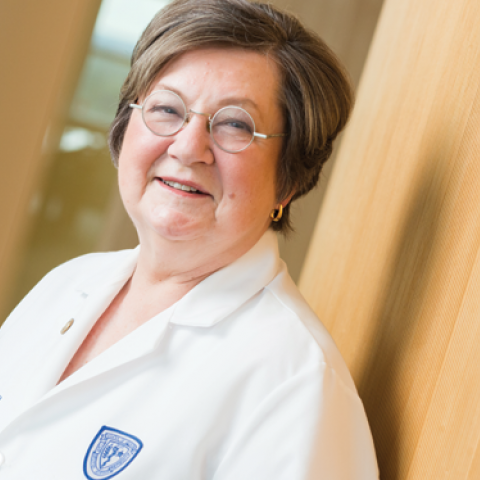It’s mid-April and spring is upon us – too early to plant the annuals of course, but warm enough to trigger the bulbs and flowering trees. Easter and Passover converged this weekend. This should be time to emerge from winter hibernation into the sunshine. It is also the time that our President, a few short weeks ago, wanted to declare the rebirth of commerce in the land. But it is not to be.
There are, however, glimmers of hope. In Ohio at least, and probably in much of the country, we appear to have “bent the curve.” Standing “behind the line” in the grocery store, or on the dots at the deli counter, having the kids at home and not at school, not being able to avail ourselves of “retail therapy” or dine at our favorite restaurants – it all may have paid off.
There is still danger, of course, but it may be that the worst of the transmission is over, and possibly, the strain on our health care resources mitigated. Of course, as our colleagues, the modelers remind us that bending the curve does not alter the area under the curve. Only a vaccine can do that. As many people will acquire the virus as before the curve bent, they will just do it over a longer period of time. Herd immunity will not protect us without a large portion of the herd acquiring it. Of course, if commerce and travel resume, the remaining pockets of virus activity could spread again which might put us back in lockdown. But it is nice to contemplate liberation.
Even in the face of our limitations, some of us have done yeoman service in the battle against COVID-19. Members of our faculty and staff at the Louis Stokes VAMC, Drs. Yngve Falck-Ytter and Amy Hirsch Shumaker, participated in drawing up national and international guidelines for the Infectious Diseases Society of America (IDSA) on the treatment of COVID-19, published this weekend. The CWRU COVID-19 Task Force, headed by Drs. Jonathan Karn and Rafick-Pierre Sekaly, collected more than 40 research proposals relevant to diagnosis, treatment, biology, and control of coronavirus. As a start, they have sent forward a dozen of these to development, to be considered for philanthropic funding while we wait for the feds. The proposals range from clinical trials to mechanistic studies. Some expand on current hypotheses and studies, some pivot from similar studies to focus on COVID, and others are quite innovative and come at the problem in novel ways.
Our own Heidi Gullett, incident commander for the Cuyahoga County Board of Health, remains on the front lines of epidemiologic control of the pandemic here. And just last week, our hospital affiliates agreed to share data and modeling assumptions, and to work with faculty member Johnnie Rose and the team he assembled including members of the Department of Applied Mathematics here at Case, to create a unified predictive model for our region. These models will recognize the COVID incubation period, improving accuracy for those of us assessing the timing of the end of restrictions, to decide when in-person classes and clinical rotations can resume.
John Milton concluded his sonnet on his blindness pronouncing that “they also serve who only stand and wait.” This has never come home to me as forcefully as in these past few weeks. We stand at home and behind the lines and on the dots, and we wait. We wait, doing our part to serve, for the pandemic to subside. We wait for school to resume, even in altered form. We wait for the advent of spring and greater freedom.
Thank you to all who are out there bending the curve by waiting at home, and to those who are putting their considerable brainpower and collaborative nature to work in active attack on this new, unseen enemy.
Happy Spring!
Pam


